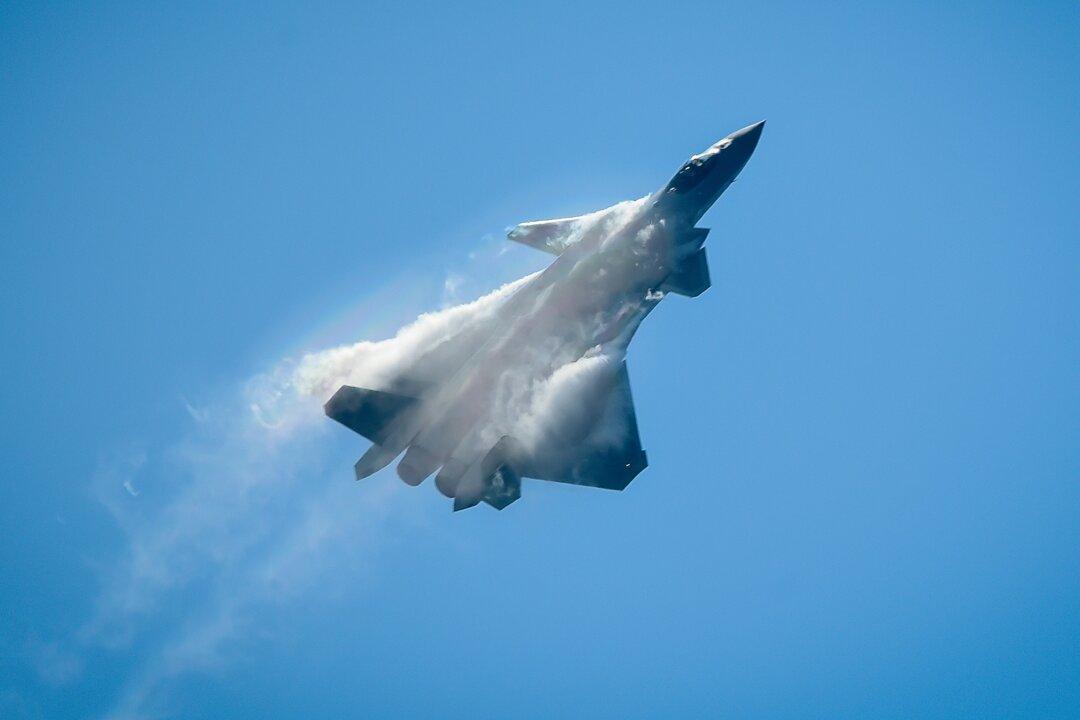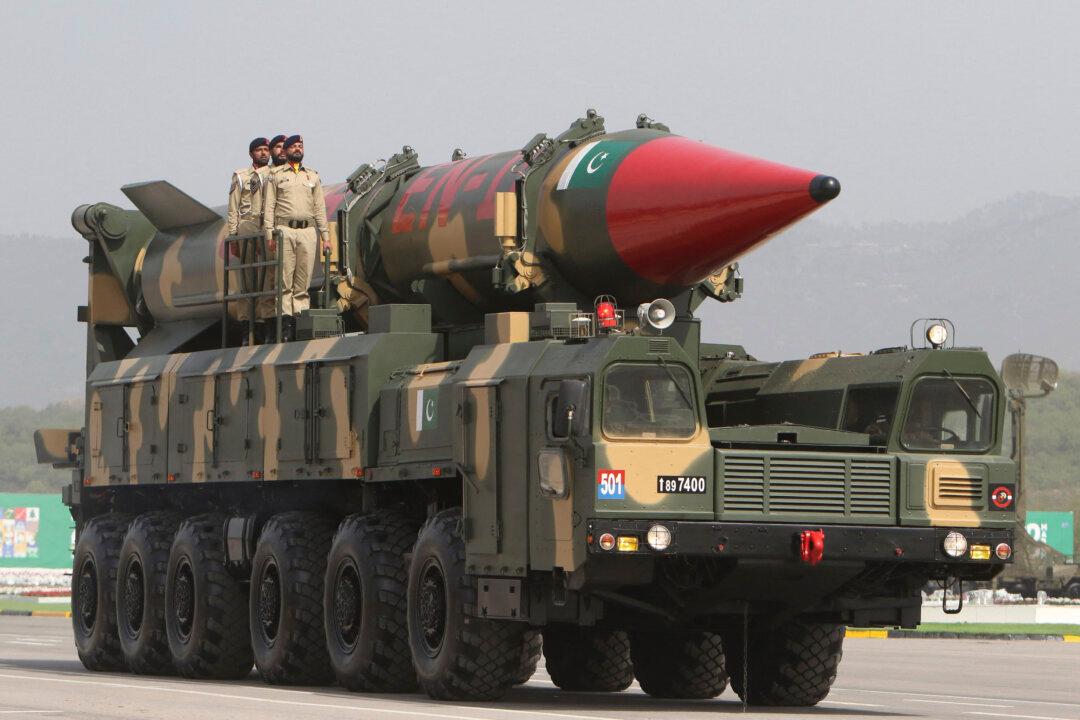Commentary
Americans are united in their desire to deter war. As the U.S. Air Force (USAF) makes crucial decisions regarding its sixth-generation air superiority combat aircraft, it’s essential not to repeat past mistakes that could lock the United States into inferiority, increasing the chances of war.





